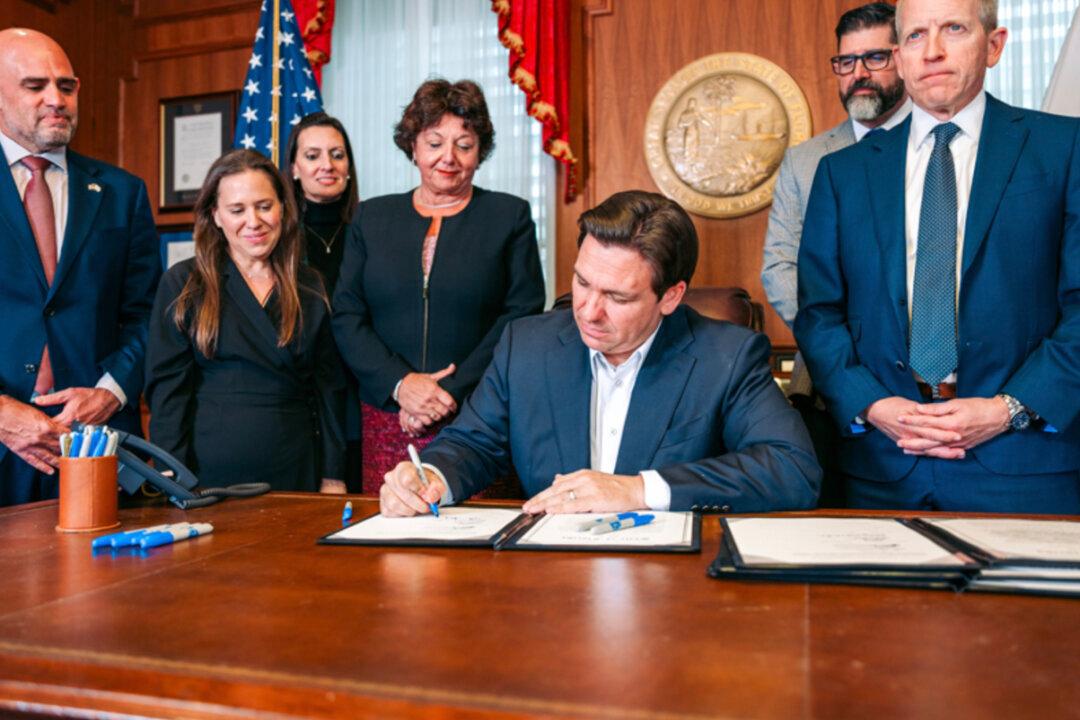Commentary
In a speech given to his most ardent allies and climate activists in Somerset, Massachusetts, on July 20, President Joe Biden asserted: “Climate change is literally an existential threat to our nation and to the world. ... This is an emergency, an emergency, and I will look at it that way. ... As President, I’ll use my executive powers to combat the climate crisis in the absence of congressional actions.”





